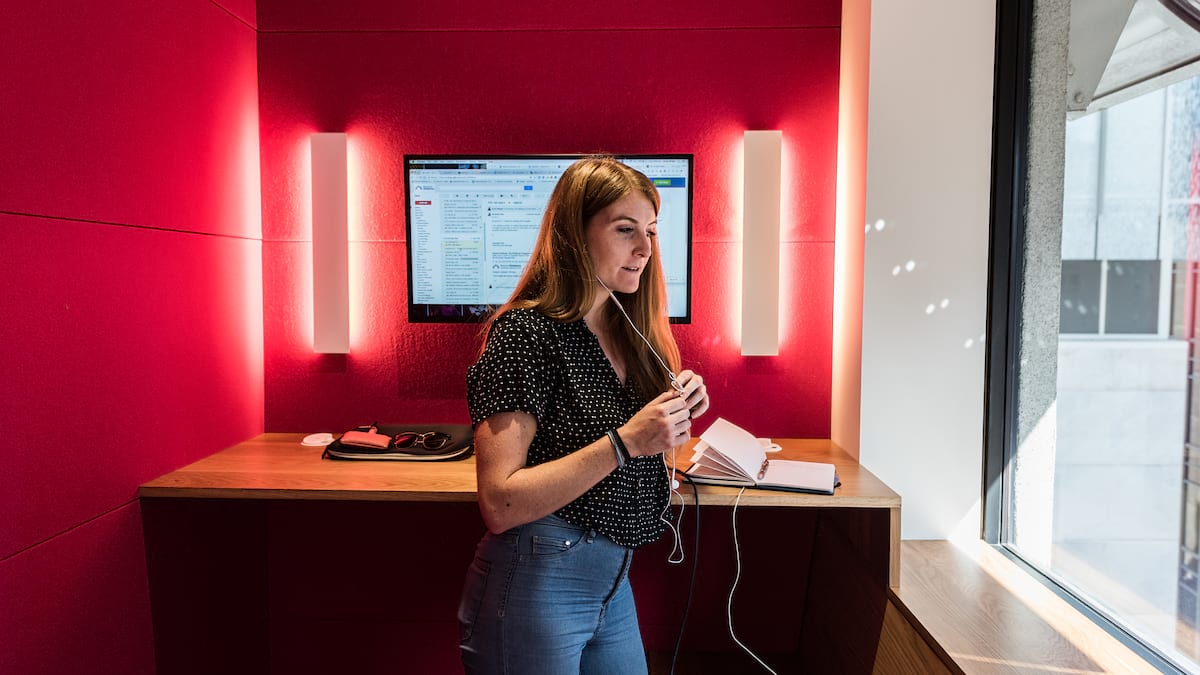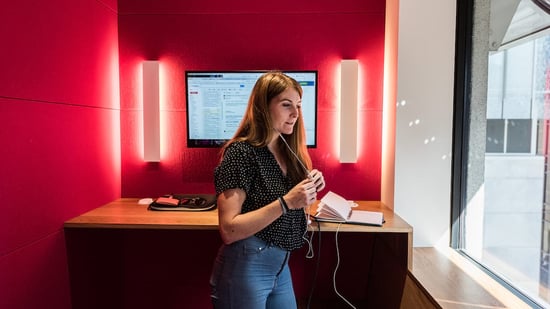
4 min read
What will work look like 20 years from now? Is it too difficult to imagine? If I described today’s workplace to an HR leader from the 1990s, would they believe that employees now communicate to executive team members on the other side of the world via instant messaging? What about using their phones to check if this month’s pay was deposited on time? Or using predictive text to complete emails or interacting with chatbots who are the first point of contact for customer queries?
Technology is evolving at such a rapid pace that it’s impossible to fathom how much it will change how we work in 5, let alone 20, years.
So it doesn’t surprise me at all that Gartner’s recent research found that less than 10% of CHROs agree that their organisation is prepared for the future of work.
This was one of the first things I learned at Gartner's annual ReimagineHR Conference, hosted in Sydney. Over two days I listened to analysts and HR leaders discuss the key challenges that HR leaders are facing to support Australia’s workforce, now and into the future.
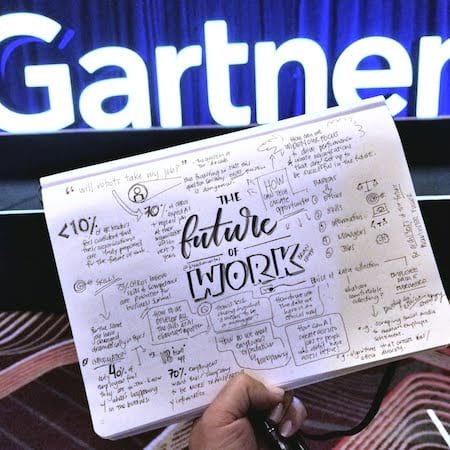
Here are some of the key takeaways from those discussions, along with recommendations about how we can evolve our employee engagement strategies for maximum impact and success:
1. It’s time to ask better questions
Listening to employee feedback is part and parcel of the HR function. But even with more sophisticated surveying tools available in the market, less than one third of Aussie employees believe HR understands what employees want.
Gartner has found that only 24% of employees agree HR really understands what people need and want, and only 28% of employees agree HR staff sufficiently involve employees when scoping or identifying business needs.
What next? Brian Kropp, VP Research at Gartner, opened the conference with a call to all HR leaders to ask better questions. Instead of staying in our comfort zone and asking questions about what we do know, using the same methods we’ve always used to get employee feedback (annual survey or performance review, we’re looking at you), success in the future requires us to widen our focus and create opportunities to gain more up-to-date, data-driven insight into the current experience and needs of our employees.
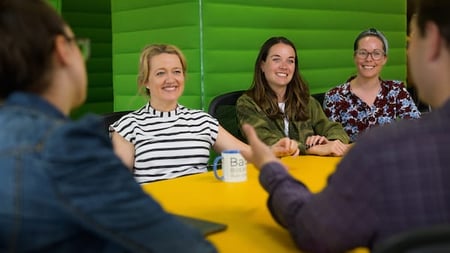
2. Employees don’t just want transparency – they expect it
Traditionally, the role of HR and Internal Communications teams involved controlling the narrative to ensure employees only received the information that the business thought suitable. But the rise of platforms like Glassdoor, Quora, Seek and even LinkedIn, means information about the reality of organisational culture, leadership and even business performance, spreads faster and wider than any HR or Comms team has the power to restrain.
Gartner’s research found 71% of employees think employers should increase transparency, with only 2 out of 5 employees feeling informed about what’s happening in their business.
What next? Embrace the interest that employees have for the business and look for opportunities to unite them under a well-communicated purpose, mission and values. Look for an employee communications platform that creates opportunities to connect, communicate and collaborate and provides an element of social interaction so that transparency is the default, rather than the exception.

3. HR’s real competitors are companies like Netflix and Spotify
No, it’s not because you’re employees might risk being distracted by movies or music at work. It’s because companies like Netflix and Spotify provide a hyper-personalised service that is easy to connect to, works on multiple devices, is available on demand, and has so much choice that there is literally something on these platforms for everyone.
70% of employees expect a personalised experience at work. But what level of choice or personalisation do our HR platforms provide, if any at all?
What next? Organisations should be well aware of the diversity in culture, career journeys and lifestyle within their workforce and ensure their employee engagement platforms can cater for this diversity. Partnering with an employee benefits company that provides diversity and freedom to choose how and when to access benefits is one way to provide a level of personalisation. Segmenting employee communications so teams don’t have to filter through the noise of hundreds of emails or IMs every day is another.
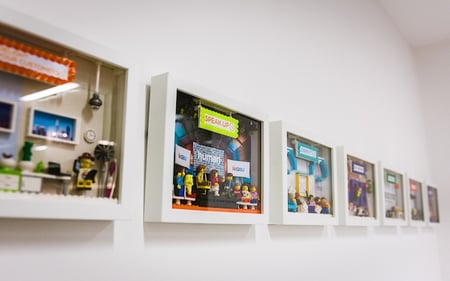
4. Change is challenging, but supporting people through it doesn’t have to be
Gartner has found that over 50% of HR leaders in Asia strive for digital transformation but only 8% achieve it. Whether it’s digital or organisational transformation, one of the most common barriers to successfully implementing change strategies is culture – or perhaps, more accurately, the absence of building a strong company culture?
When organisations initiate change, they create what Director of Advisory, Patryck Allen, called “cultural tensions” – moments where employees need to choose between two or more competing elements e.g. quality vs speed, risk-taking vs compliance, commercial vs people focus.
These tensions are inevitable, but every tension that’s introduced during periods of transition increases stress, which impacts motivation, engagement and productivity.
What next? Culture-informed judgement – that is, helping employees make decisions by giving them clear guidance and values by which to make decisions or handle tensions – leads to an increase in performance during periods of transformation. Now is the time to consider - what is your organisation doing to codify and clearly communicate your company values? And are these company values front and centre when it comes to who is being recognised and rewarded?
So to recap, here are the core questions HR needs to ask themselves as they try and take on the future of work:
| 1. Are we asking the right questions and creating opportunities to gain up-to-date, data-driven insight into what our employees want and need? |
| 2. How can we embrace the interest employees have for the business and creating opportunities to connect, communicate and collaborate? |
| 3. Where are the opportunities to provide a level of personalisation and choice that my employees have come to expect in their technology experience? |
| 4. Has my organisation codified values to make decision-making easier, and are these values front and centre when it comes to who is being recognised and rewarded? |
Tell me, which one are you asking yourself first?
 Joy Adan
Joy Adan
